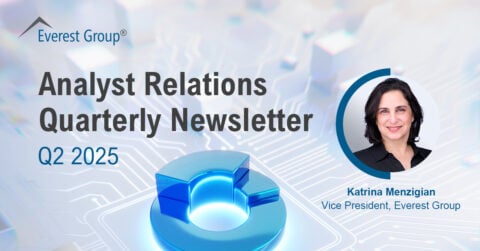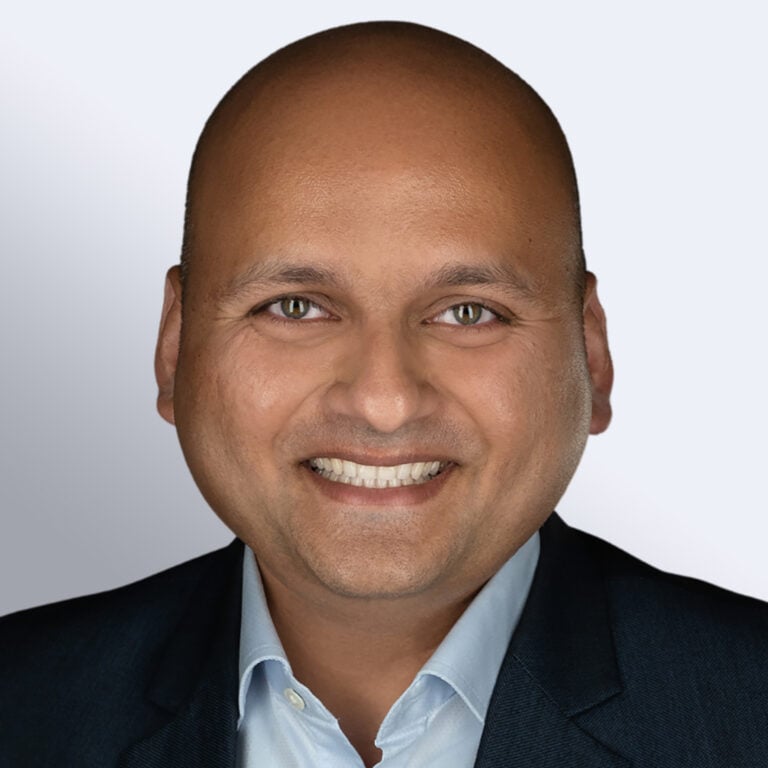
Sigmund Freud once said, “Most people do not really want freedom, because freedom involves responsibility, and most people are frightened of responsibility.” Had he added a phrase about fear of business ownership, the father of psychoanalysis could easily have been talking about most Chief Marketing Officers (CMO) in the current world of digital transformation. The freedom given by digital disruption to transform marketing function may come with a frightening responsibility of owning a P&L.
Today’s CMOs are expected to leverage disruptive technologies, and thus are receiving more technology funding than their IT counterparts. However, many CEOs will push their CMOs to own P&L if they need that funding for digital initiatives.
While most marketers dread the prospect of P&L ownership, the reality is that digital transformation has the power to enable them to assume a more strategic and central leadership role. And mobility, analytics, social platforms, and cloud services – many of which are available outside the control of corporate IT – can give them the needed ammunition to transform marketing into a business builder and create real impact than being a strategic overhead.
Those marketers looking forward to the challenge realize that unlike the traditional models, the rapid digital transformation of the marketing function enables the CMO’s office to influence and generate revenue, as well as run operations efficiently. Digital transformation provides significantly more engaging, flexible, and agile platforms to attract, retain, and grow consumers than traditional models. They allow “fail fast” with manageable cost repercussions. These new mechanisms give marketers direct, quicker, and clearer access to the end-consumer. Marketers now have the technology to run data-driven real time analysis of consumer buying behaviour and enhance their strategies accordingly.
However, to make this a reality, marketers need to work more closely with different departments within their organization, and develop perspectives on the various business units. While their lack of knowhow of organizational operations will be a recipe for disaster, increasing use of collaboration platforms and process digitization can help. Marketers can now communicate and collaborate with their counterparts from other units more effectively in a shorter time span leveraging digital services.
It’s always challenging to transform a cost center to own a P&L. In marketing’s case, it’s not only about revenue attribution, but also:
- a complete change in the thought process of the marketers themselves
- their self-perception and confidence in running a business (rather than just enabling it)
- staking claims at the high seats of the corporate hierarchy
- changes in the hiring, incentives, and retention strategies of marketing organizations
P&L ownership also impacts the way marketers are perceived in their organizations, as well as senior business leaders’ attitude toward them. Marketers will have to undertake a lot of internal selling of the idea. And a lot of organizational machinery will need to be oiled and transformed to make the marketing department own a P&L.
Most client conversations indicate this is still a utopia. However, some executives do believe it’s high time that the digital transformation makes marketing more accountable. They consider the CMO to be everything related to a customer (Chief Experience Officer, Chief Customer Officer, etc.) and believe that marketers now have the right technology and tools to create real business impact.
The onus is on the CMOs, and the opportunity is vast. However, they need to get out of their mindset as a business support function, where they are assisting businesses to leverage digital services much like an external consultant, and instead take center stage. But it’s not going to be easy.
Sigmund Freud today would probably have said “CMOs who want to enjoy the freedom bestowed by digital transformation must not scare away from the responsibility of the P&L.”











